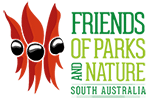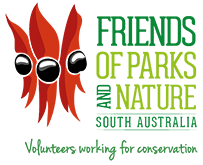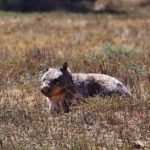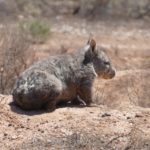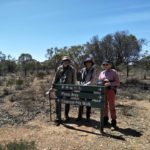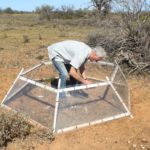Friends of Brookfield Conservation Park
Brookfield Conservation Park is located 130km north east of Adelaide in Meru Country, once Ngaiawang country, in the Murray Mallee . It is rich in wildlife and includes the South Australian faunal emblem and locally vulnerable Southern Hairy-nosed Wombat (Lasiorhinus latifrons), the Fat-tailed Dunnart, Red & Grey Kangaroo, Echidnas, Emus and four species of bats. These share the Park with many reptiles and prolific bird life including the nationally vulnerable Malleefowl (Leipoa ocellata), Ground Cuckoo Shrikes, Splendid and Variegated Wrens and Australian Owlet Nightjars. The Park covers an area of 5,534 hectares and forms an integral part of a major area of mallee vegetation within the South Australian Murray Darling Basin. Two thirds of the Park is closed to the general public to enable long and short term scientific research.
Once a sheep station, a Wombat Reserve owned by the Chicago Zoological Society and a Conservation Park managed by the NGO Conservation Volunteers Australia on behalf of the SA Government. The management has now returned to the Department for Environment and Water.
The Friends of Brookfield were formed almost 25 years ago, when the last Ranger residing at the Park left, to ensure the Park was looked after. The Friends are a diverse group with diverse interests. Our common thread is we all appreciate the role the Park plays in the preservation of the Southern hairy-nose wombat and it's habitat. Over the years, the Friends have achieved much. They have restored the original Shearing Shed, created the informative Three Habitat Walk and have established an exclosure for both the collection of data on native seed and for future seed collection and distribution.
The Friends have regular opportunities to assist the local and international researchers that stay at the Park throughout the year. They are also one of the few groups that have maintained long term data collection on the health of the Park through managing Photo Points across the Park.
They have ‘irregular’ working bees throughout the year, meaning they get together when activities are required for ongoing and new projects
